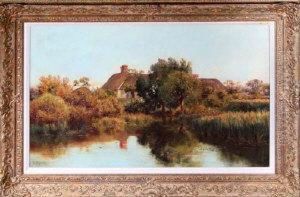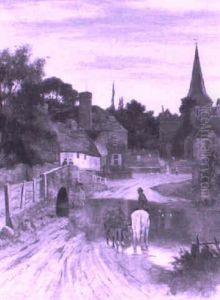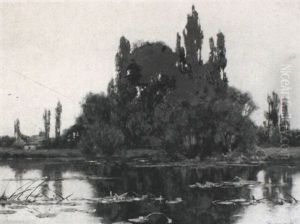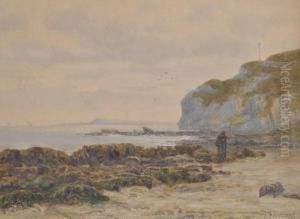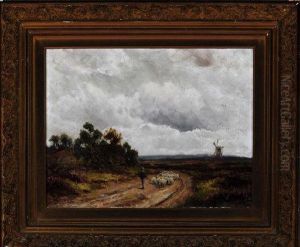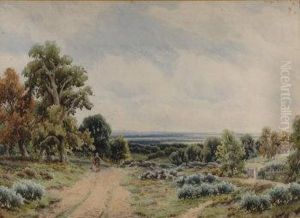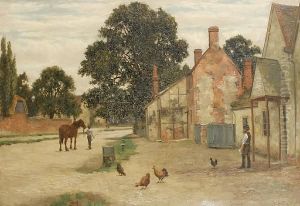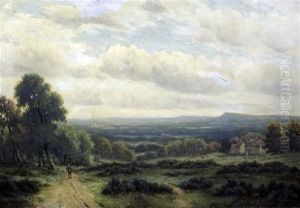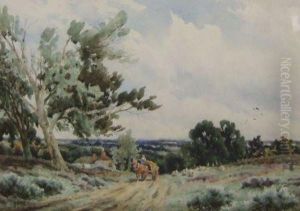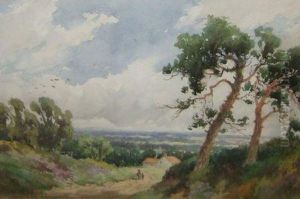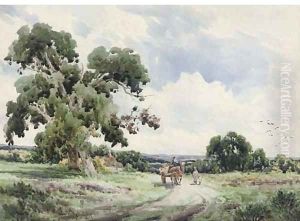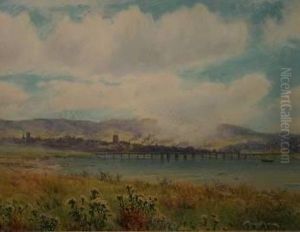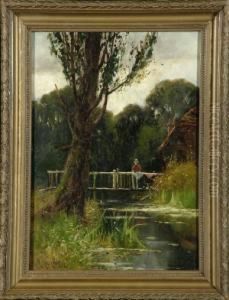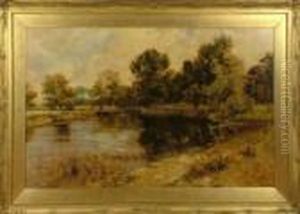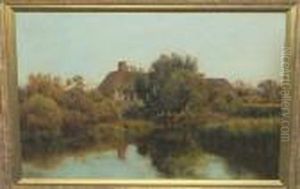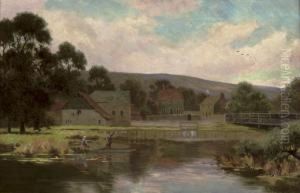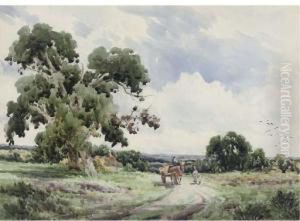Richard William Halfnight Paintings
Richard William Halfnight was a British painter renowned for his maritime and coastal scenes. Born on May 4, 1843, in Greenwich, Kent, England, he grew up in an era where the British Empire was deeply connected to the sea, and this influence is evident in his works. Halfnight studied at the Royal Academy Schools in London, where he honed his artistic skills and developed a particular interest in seascapes.
Halfnight's career as an artist blossomed in the latter half of the 19th century, a period that saw a growing public interest in maritime art, partly due to the romanticizing of the sea and naval power. His paintings often depicted ships and the sea under various conditions, capturing the beauty, drama, and vastness of the oceanic landscape. He exhibited his works at major art institutions, including the Royal Academy of Arts and the British Institution.
Throughout his life, Halfnight remained passionate about maritime themes, and his paintings were well-received for their realistic representation and atmospheric quality. His ability to convey the mood of the sea and sky made his paintings popular among art collectors and enthusiasts of the time. He also painted some landscapes and coastal scenes from his travels around Britain and Europe.
Halfnight’s artistic style was characterized by attention to detail, a rich palette, and skilled use of light and shadow, which brought a lifelike quality to his seascapes. He was part of the Victorian art movement, which encompassed various styles and subjects, with an emphasis on sentimentality and moralistic undertones. However, Halfnight's works mainly focused on the aesthetic and emotive aspects of the sea rather than the narrative.
Unfortunately, despite his contributions to marine painting, Richard William Halfnight did not gain the same level of lasting fame as some of his contemporaries. He passed away on August 4, 1911, in Lewisham, London. Today, his works can be found in art galleries and private collections, appreciated by those who have a penchant for maritime art and Victorian-era paintings. His legacy is carried on by the continued interest in and study of 19th-century British art, which holds a significant place in the history of maritime painting.
